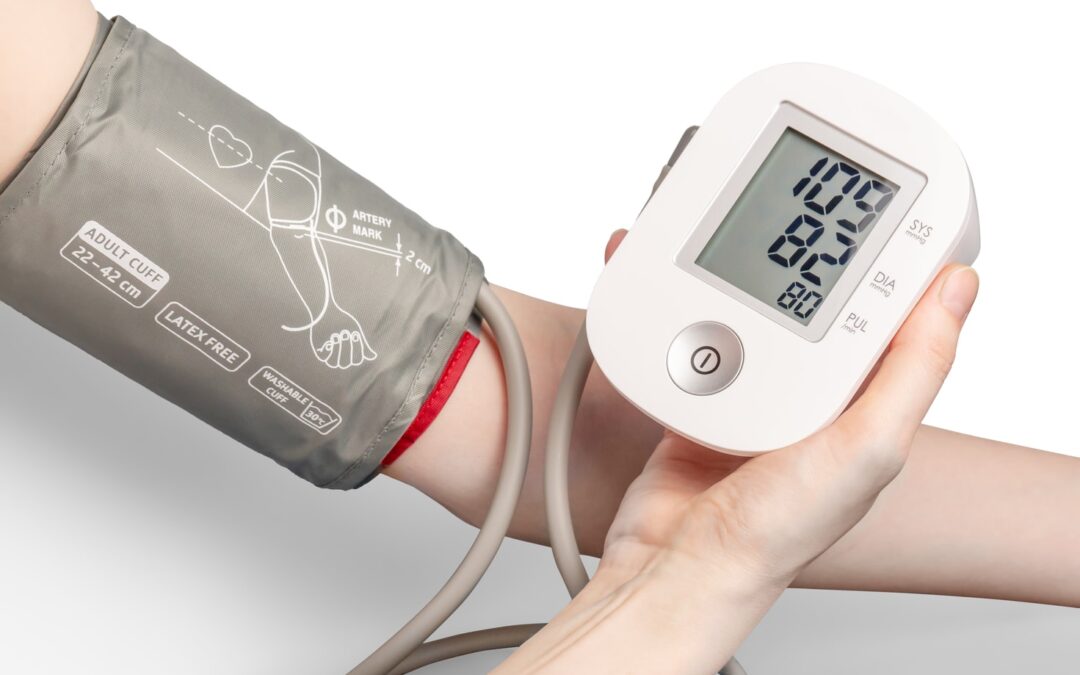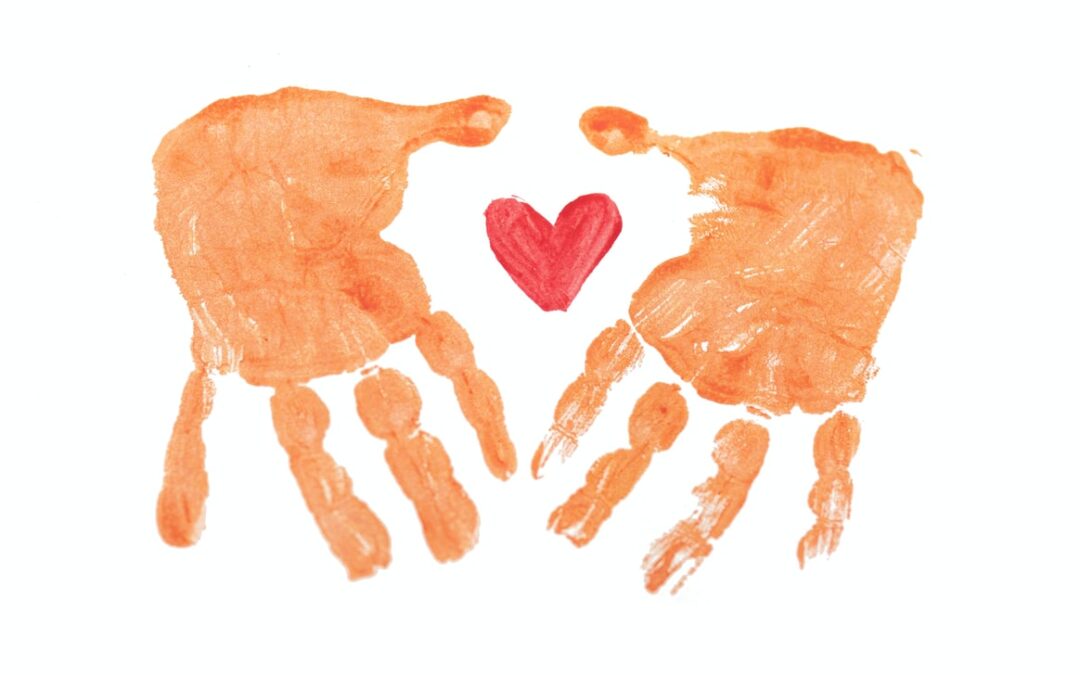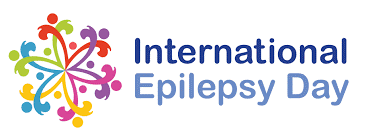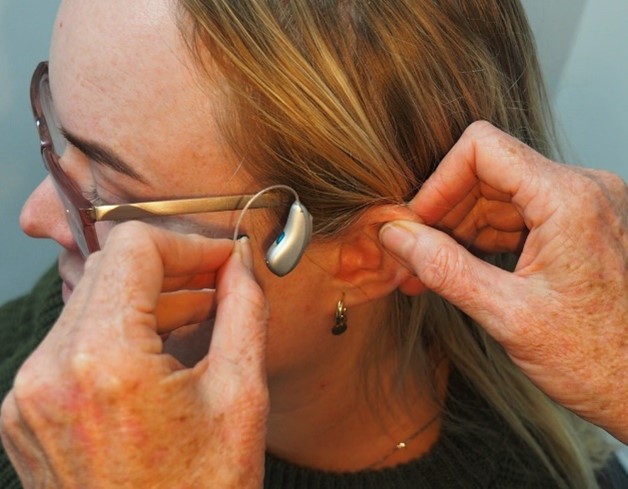
by Grace | Jan 31, 2022 | Health Assessments, Workplace Education
‘Heart disease is Australia’s leading cause of death affecting families and communities around the country.’ – Heart Research Australia, 2021.
Heart Research Australia encourages your workplace to wear red and donate to help raise awareness of the prevalence of heart disease and the devastation it causes. Donations will go towards life-saving break throughs to help us keep families together for longer.
What is heart disease?
According to Heart Research Australia, heart disease is an umbrella term for a range of conditions that affect your heart which may include:
- Coronary Heart Disease;
- Heart Attack;
- Heart Failure;
- Stroke;
- Arrythmias (abnormal heart beats);
- Aneurysm (a bulge, caused by weakening of the heart muscle or artery);
- Septal Defect (an abnormal opening between the left and right sides of the heart);
- Peripheral Vascular Disease;
- Congenital Heart Disease (malformations in the heart or blood vessels that occur before birth);
What are the risk factors of heart disease?
- Smoking;
- Stress;
- Anger;
- Depression;
- High cholesterol;
- High blood pressure;
- Being inactive;
- Diabetes;
- Being overweight;
- An unhealthy diet;
- Increase in age;
- Men are a higher risk than women;
- Ethnic background;
- Family history;
How can you prevent heart disease?
‘Prevention is the best medicine. 8 in 10 cases of premature heart disease & stroke are preventable through healthy lifestyle factors’ – Cardiologist, Dr Edward Barin.
- Exercise (aim for 30 minutes of moderate exercise per day);
- Eat well;
- Keep track of your health measurements – including cholesterol levels, blood pressure, weight, sugar levels, waist circumference and exercise capacity);
- Stay optimistic – many studies show a state of mind can protect, as well as damage heart health;
If you would like to raise awareness and donate to Heart Research Australia, click the following link – https://www.heartresearch.com.au/event/redfeb/

by Grace | Jan 31, 2022 | Workplace Education
International Asperger’s Day aims to highlight the significance of Asperger Syndrome for both society and individuals and also illustrates one of the many challenges to the newcomer trying to understand the autism spectrum.
Asperger’s Syndrome was the name given to a lifelong developmental disability that affects how people perceive the world and interact with others – https://www.healthdirect.gov.au/aspergers-syndrome (2020).
Symptoms of Aspergers Syndrome:
According to Health Direct (2020), people with this diagnosis often have average or above average intelligence, and can be quite creative, but they often find life hard. In particular, they find it hard to communicate and interact with other people.
For example, somebody with Aspergers Syndrome may:
- not understand social rules or cues;
- speak in an unusual way, such as by using formal language, being too; loud or using a monotone voice;
- find it hard to make friends;
- find it hard to work out what others might be thinking;
- have a rigid routine or repeat certain behaviours;
- focus intense interest on particular topics and become bored when other topics are discussed;
- are sensitive to bright light or loud sounds;
These difficulties can lead to anxiety, confusion and frustration for the person, and sometimes for their family and friends.
Aspergers Syndrome is only diagnosed by a specialist.
If you know of somebody living with Asperger’s Syndrome in the workplace, be kind and patient. With support and encouragement, people with Asperger’s Syndrome can often lead a full and independent life. According to Health Direct (2020), sometimes people in the workplace with Aspergers Syndrome may at times need time alone or a chance to get some exercise (like a walk around the block). Breathing techniques and relaxing music may also be helpful.
Amaze.org.au provide some helpful hints when working with someone with Asperger’s Syndrome:
- Keep instructions brief and precise;
- Give the person time to process the instruction;
- If practical, make use of visual cues and procedures;
- Break work into smaller steps;

by Grace | Jan 31, 2022 | Health Assessments, Workplace Education
What is epilepsy?
According to Epilepsy Action Australia (2021), epilepsy is diagnosed when someone has a tendency to have recurrent seizures.
Epilepsy in the workplace:
Many people with epilepsy can be gainfully employed, while others find it difficult to get a job.
Epilepsy is often well controlled, however if it is not controlled, then finding a job may be difficult particularly if there are safety issues concerned.
Disclosing to your Employer:
Legally in Australia, you are under no obligation to disclose your condition unless it affects your ability to meet the inherent requirements of your job. The worry about discrimination at work is a genuine concern when disclosing epilepsy to an employer.
If you decide to, you should discuss with your employer any requirements you need for the job, the workplace environment (for safety issues), whether you work alone or in a group and whether you would need any specific accommodations made for your epilepsy.
For an employer to be able to fulfill their obligations under the WH&S Act, they need to be aware of any condition that may require them to change working practices or environment to improve safety. Disclosing can also allow the employer to make reasonable adjustments if you need any.
Maintaining Employment
According to Epilepsy Action Australia (2021), if seizures are likely to hinder your performance at work, an employer is expected where possible to make reasonable adjustments to the workplace. This can include things like changing work hours or changing your role within the organisation until your seizures are controlled.

by Grace | Jan 31, 2022 | Health Assessments, Workplace Education
According to the National Institute of Deafness (2017), Tinnitus is commonly described as a ringing in the ears, but it can also sound like roaring, clicking, hissing or buzzing. Roughly 10% of the adult population has experienced tinnitus lasting at least five minutes in the last year.
According to NID (2017) people who work in noisy environments—such as factory or construction workers, road crews, or even musicians—can develop tinnitus over time…This is called noise-induced hearing loss.
What causes tinnitus?
Tinnitus is a symptom when something is wrong in the auditory system, which includes the ear, auditory nerve and parts of the brain that process sound (NID, 2017). Some examples that may cause tinnitus include:
- Earwax blocking the ear canal;
- Noise-induced hearing loss;
- Hormonal changes in women;
- Thyroid abnormalities;
- More health conditions diagnosed by your GP;
Workplace Health and Safety Victoria offer hearing testing – this is generally used as a pre-employment check or a workplace yearly health check up as a workplace benefit. This entails employees sitting in a booth, putting on earmuffs and performing a test, where we record results and handover to a GP, who will discuss further with the employee.
If you experience tinnitus, always visit your GP where further assessments can take place.
If an employee is exposed to loud noises at work, the correct hearing protection needs to be supplied and workplaces need to train their employees when and how to correctly use this equipment – https://www.worksafe.vic.gov.au/hearing-protection

by Grace | Jan 31, 2022 | Health Assessments, Workplace Education
This month, why not give up alcohol, sugar or another vice of your choice to support disadvantaged youth in Australia?
When you ‘pause for a cause’ this month, not only will you raise funds for those in need, but you will experience multiple benefits of eliminating alcohol or sugar for the month, including:
- Workplace morale;
- Feel healthier;
- Improved sleep;
- Saved money;
- Increased energy;
- Improved concentration;
To register and donate, follow the link – https://febfast.org.au/

by Grace | Dec 21, 2021 | Health Assessments, Workplace Education
Foods from the dairy food group are lacking in the diet of most Australians, and it’s estimated 8 out of 10 Australian adults are missing out on the minimum recommended serves of milk, cheese, yoghurt and/or alternatives (Dairy Australia, 2021).
According to Nutrition Australia (2021), dairy foods are known for their role in bone health, but research over the past decade has demonstrated that consumption of dairy can protect us against heart disease and stroke, can reduce the risk of high blood pressure and some cancers, and may reduce our risk of Type 2 diabetes.
The Australian Dietary Guidelines recommends at least 2.5 serves of dairy or alternatives a day for adults. A serve from of the dairy food group may include:
- A cup (250ml) milk;
- 3/4 of a cup (200ml) of yoghurt;
- Two slices (40g) of cheese;
- ½ a cup of ricotta cheese;
- Alternative: 1 cup of soy, rice or other cereal drink with at least 100mg of added calcium per 100ml;
- Alternative: 100g almonds with skin;
- Alternative: 60g sardines, canned in water;
- Alternative: 100g firm tofu (check the label as calcium levels vary);
Tips to increase your dairy intake:
- Grab a latte on the way to work;
- Have a bowl of fruit and yoghurt for breakfast or after a workout;
- Include cheese in a salad sandwich;
- Instead of sour cream, dollop natural yoghurt on a jacket potato;
- Incorporate milk and yoghurt into a delicious smoothie;
- Grate or shave parmesan or mozzarella cheese on pasta dishes;
- Have a warm glass of milk in the evening;
Replacing some or all of our ‘junk foods’ such as fried potatoes, cakes, muffins, soft drinks, alcoholic drinks, meat pies or biscuits with yoghurt or cheese is not only one way to increase your dairy intake, but it’s also a strategy to a healthier diet!





